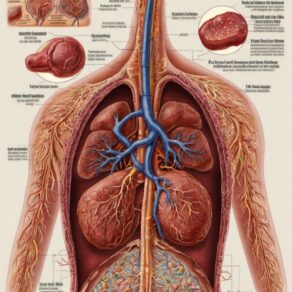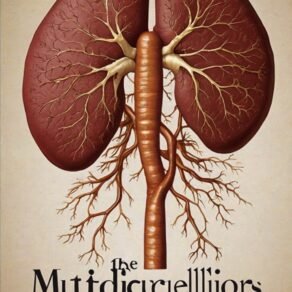Fatty liver disease, also known as hepatic steatosis, is a prevalent condition characterized by the accumulation of excess fat in the liver cells. This condition can be categorized into two types: alcoholic fatty liver disease (AFLD) and non-alcoholic fatty liver disease (NAFLD). In this article, we will explore the causes, symptoms, and effective management strategies for fatty liver disease.
I. Causes of Fatty Liver Disease:
- Alcohol Consumption:
- AFLD is directly linked to excessive alcohol intake, causing fat accumulation in the liver.
- Discuss the importance of moderation and the impact of chronic alcohol abuse on liver health.
- Non-Alcoholic Factors:
- NAFLD is associated with obesity, insulin resistance, and metabolic syndrome.
- Explore the role of genetics, rapid weight loss, and certain medical conditions in contributing to the development of NAFLD.
II. Symptoms of Fatty Liver Disease:
- Asymptomatic Stage:
- Fatty liver disease often progresses without noticeable symptoms in its early stages.
- Highlight the importance of regular check-ups and early detection through liver function tests.
- Advanced Symptoms:
- Discuss symptoms such as fatigue, abdominal pain, jaundice, and swelling in the abdomen.
- Emphasize the need for immediate medical attention if these symptoms arise.
III. Diagnosis and Risk Factors:
- Diagnostic Methods:
- Explain the role of imaging studies, liver function tests, and liver biopsy in diagnosing fatty liver disease.
- Discuss the importance of early detection in preventing disease progression.
- Risk Factors:
- Highlight factors such as obesity, diabetes, high cholesterol, and metabolic syndrome that increase the risk of developing fatty liver disease.
- Stress the importance of lifestyle modifications to mitigate these risks.
IV. Management and Treatment:
- Lifestyle Modifications:
- Encourage a balanced diet with a focus on reducing saturated fats, sugars, and refined carbohydrates.
- Emphasize the significance of regular exercise in managing weight and improving insulin sensitivity.
- Medications and Supplements:
- Explore pharmaceutical interventions and the use of antioxidants and vitamin E in certain cases.
- Caution against self-medication and stress the necessity of professional medical advice.
- Follow-up and Monitoring:
- Discuss the importance of regular follow-up appointments to monitor liver health.
- Provide guidance on maintaining a healthy lifestyle to prevent disease recurrence.
Conclusion:
Fatty liver disease is a common and potentially serious condition that requires attention to lifestyle choices and proactive medical management. By understanding its causes, recognizing symptoms, and implementing effective strategies, individuals can take control of their liver health and mitigate the risk of complications associated with fatty liver disease. Always consult with healthcare professionals for personalized advice and guidance on managing this condition.





